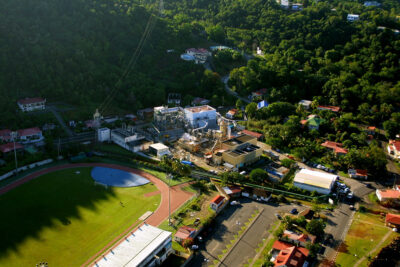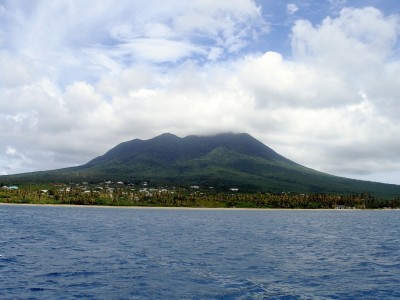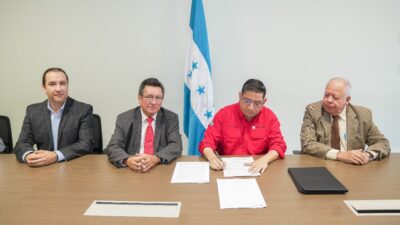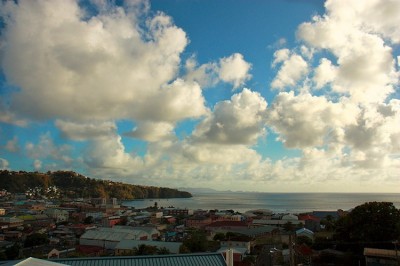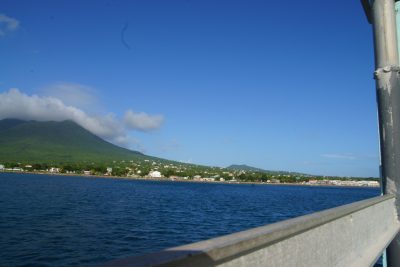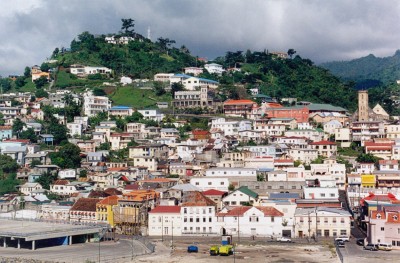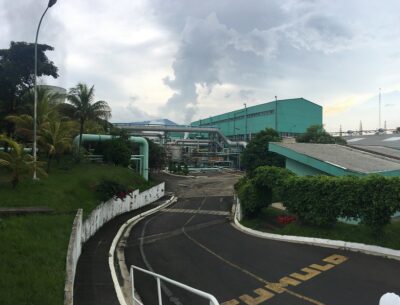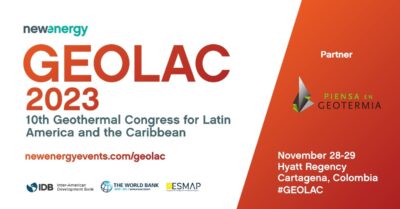Geothermal success stories and their impact on the industry
The geothermal energy industry needs success stories. News on things like the Sarulla project in Indonesia are helping the industry and showcase that geothermal deals are done and that things are moving, as discussed in this opinion piece by ThinkGeoEnergy.
In 2008, ThinkGeoEnergy was founded in the belief that the geothermal energy industry needs to increase its visibility and presence in the media landscape. Working then on various boards of industry associations and as consultant, I realized that things are not that easy and that one needs to be careful in what stories to prepare.
Interesting enough this came up in a phone conference this morning with consultants in the African context. We talked about expectations and the critical question if the industry should be bold in coming up with numbers (aka overpromise), like the wind industry has done for years, or should it be more humble and be rather careful in coming up with numbers?
In the lobbying context this is a catch 22, if you overpromise and underdeliver, you are ruining your reputation. If you underpromise and overdeliver, you might not get the necessary support to really make things moving. So this is a tricky thing.
The geothermal energy industry is – in more than one sense – in a rather tricky situation. If we don’t come up with promising projections on resources and project size, we will not be taken serious. If we do promise the world, but fail to deliver, we will not get the support going forward.
This obviously is something impossible to solve. With a background in banking, I also know that for financing banks the preference is for big projects, as they require essentially the same amount of work than smaller scale projects. So if it is a 5 MW project or a 50 MW project, essentially the effort to get it through your credit processes within the bank is essentially the same. It is interestingly enough also easier to raise money for larger scale projects, as you are competing with other larger scale renewable projects and if you don´t represent a critical mass, you are simply not interesting.
So where does this leave the industry?
Well, this is simple. No matter what, the industry needs success stories to show the world that geothermal can deliver … and in this context size matters. One can be critical about talking about 1,000 MW projects in the geothermal context, but if you saw what was trending in news and government interest, it clearly showed that these headlines are what governments are after.
Looking at one project in particular it shows the complexity of geothermal and how important the interaction between all the different players and stakeholders is, particularly in the sense of publicity.
The Sarulla project recently announced details on its financial structure and this is good news, not only for the project but for the whole industry and this beyond Indonesia. The project, long seen as one that will never make it, was able to be pulled off due to the endurance of the players involved. The joint venture of Indonesian Medco, U.S. based Ormat Technologies and Japanese Itochu and Kyushu proved that having a long breath sometimes pays off.
With all the difficulties about the delay in geothermal legislation, guarantee issues for PPAs and actual power price tariffs in Indonesia, this project shows that things are possible. With 320 MW the project also has a critical size, and one of the largest geothermal plant for some time.
The news on that project are all over the place. They showcase that things finally are moving in Indonesia, that Japanese players can get things done and deliver and that banks can show they are active in geothermal (in this case mostly the Asian Development Bank, JBIC and a club of international lenders).
These are good news and should help the industry in its quest to receive the attention it deserves. How much this will help actually affect a struggling sector in South America or certain challenges in Africa and elsehwere is another question, but it shows all stakeholders that there is hope. Now it is for the Sarulla consortium to deliver on its promises and bring the planned MWs online.









